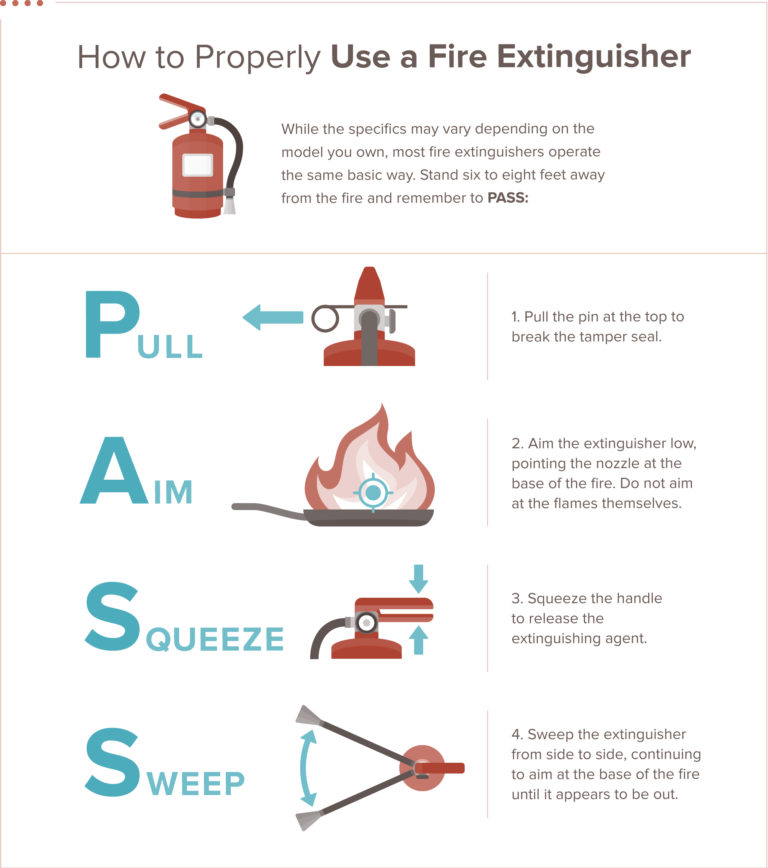class k fire examples
Saponification takes place when alkaline mixtures are applied to burning cooking oil or fat creating a soapy foam on the surface. Class K fire extinguishers work by saponification.

Abcs Of Fire Extinguishers Fire Prevention Services The University Of Texas At Austin
Wood fabric paper trash and plastics are common.
. The superior fire-fighting capability of the. These types are fires use commonly flammable material as their fuel source. Water should never be used to put out a Class D fire.
The Class K is available in two sizes. Fires in cooking appliances that. Wood fabric paper trash and plastics are common.
Plenty more examples. Below are examples of commonly used cooking oils. Vegetable oils such as safflower corn and canola.
Fires sparked by an electrical reaction a short circuit in wiring or inside an appliance for example are a little trickier than other fires because with the addition. Class K fires arise from flammable liquids used for cooking like vegetable and animal fat-based oils and greases. Class A fires are.
The five classes of fire are. For more information about how you can utilize Class K fire extinguishers effectively to fight these dangerous fires contact us today at Getz Fire Equipment Company. Examples of combustibles that cause a Class A fire include things such as paper rubber wood textiles straw plastic etc.
A Class K fire can also be known as Class F. They are one of the more dangerous fires to combat and. Class K fire extinguishers use wet chemicals to stop the spread of the fire and reduce itThe chemicals used here are potassium acetate potassium carbonate or potassium citrate type.
These types of fires involving cooking oils such as in deep-fat fryers. Class A fires are defined as ordinary combustibles. In America it is known as Class K whereas in Europe it is known as.
However European and Australian categories slightly differ jump to the international comparison chart. These types are fires use commonly flammable material as their fuel source. 6 liter or 2½ gallonwith attractive stainless-steel cylinders and easy-to-use hose-and-spray application nozzle.
Selecting the Right Fire Extinguisher. Water works best to extinguish a Class A fire. Combustion happens as the gasoline most commonly a fossil fuel reacts with the oxygen in the air to create heat.
Class K fire extinguishers specifically use extinguishing agents that separate and absorb the heat elements of the firethe fuel heat. Class F Fires Class K Fires The areas use F or K for the class of fire. Class A fires are defined as ordinary combustibles.
Class C Fires. Class B Fires are fueled by flammable or combustible liquids which include oil gasoline and other similar materials. Class K fire extinguishers work by saponification.

Fireprotection Pages 1 10 Flip Pdf Download Fliphtml5
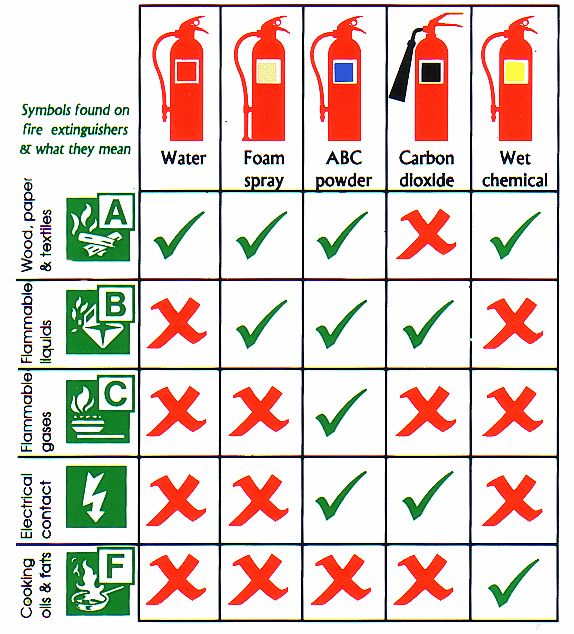
5 Types Of Fire Extinguishers A Guide To Using The Right Class
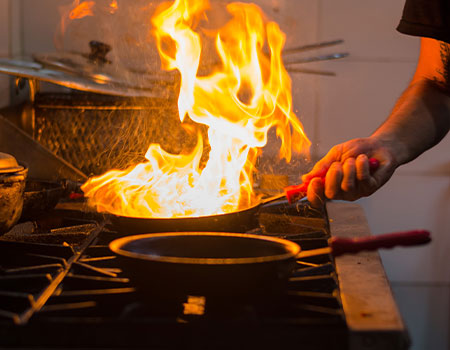
Class K Type Fire Extinguisher
Types Of Fires And How To Put Them Out
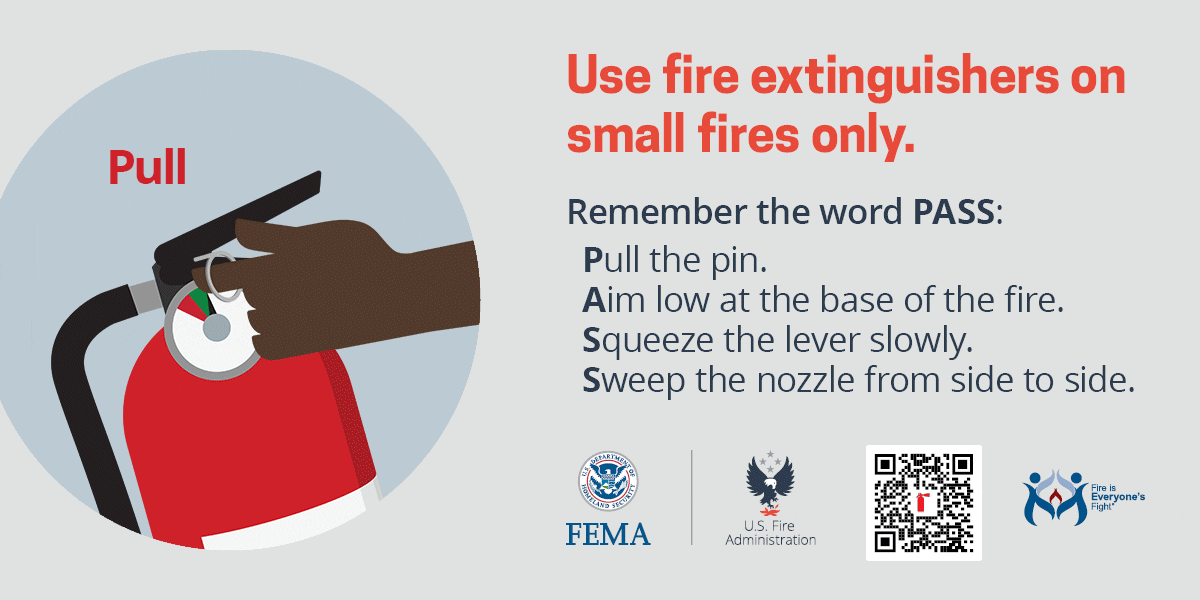
Choosing And Using Fire Extinguishers

China Class K Fire Extinguisher For Kitchen Fire Photos Pictures Made In China Com
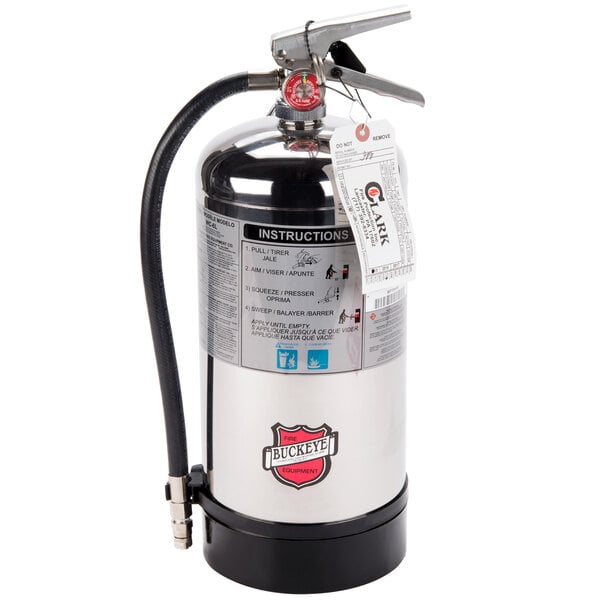
Guide To Fire Extinguisher Sizes Types Ratings
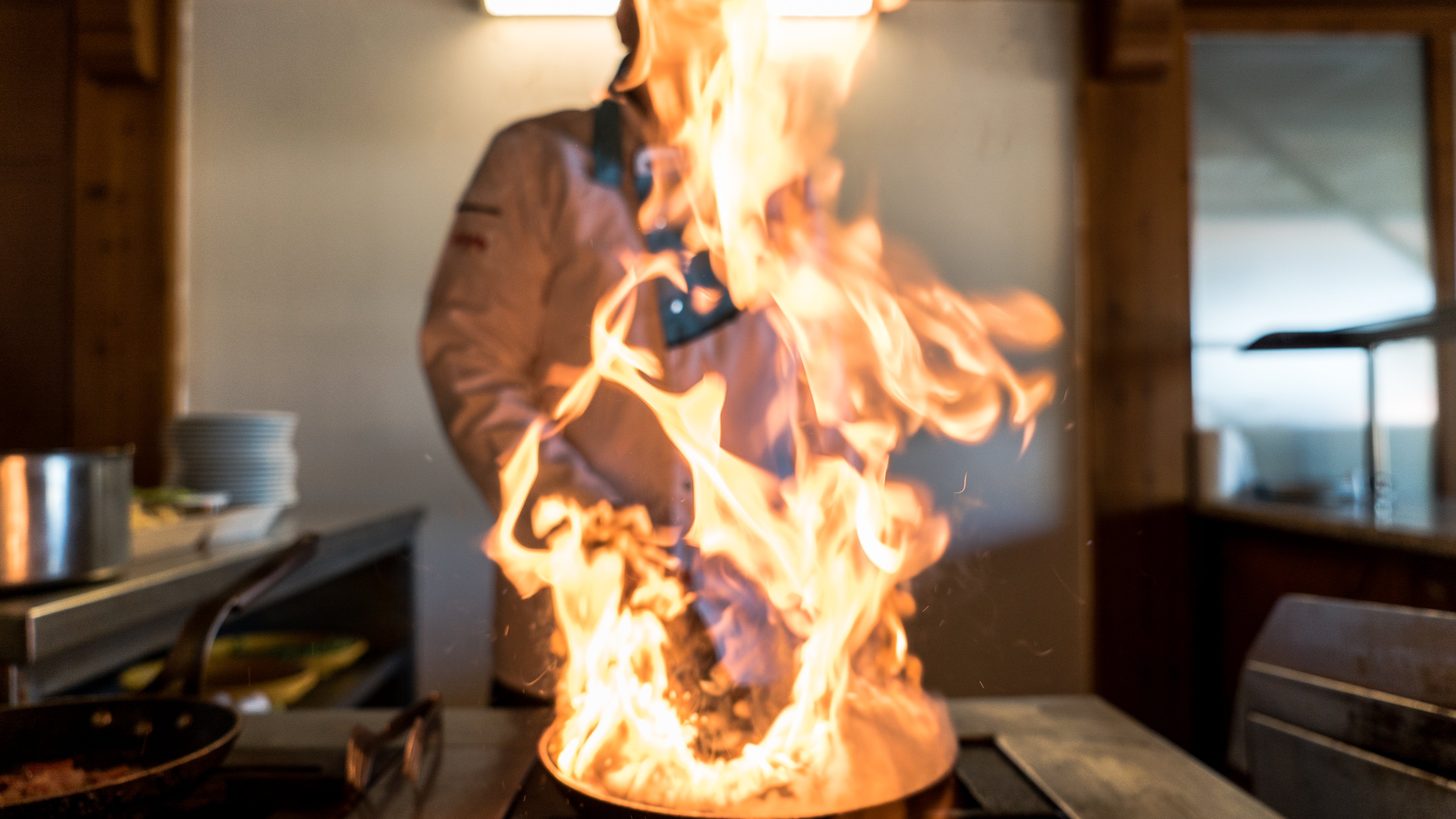
What Is A Class K Fire Extinguisher Used For

Classes Of Fire An In Depth Look At Fire Prevention

Class K Fire Extinguisher And When To Use Them Hsewatch

Fire Classification Sea Scout Skipper S Locker

Types Of Fires Fivestarfirecle

Orange County Fire Protection How To Prevent Fires From Occurring
Types Of Fires And How To Put Them Out
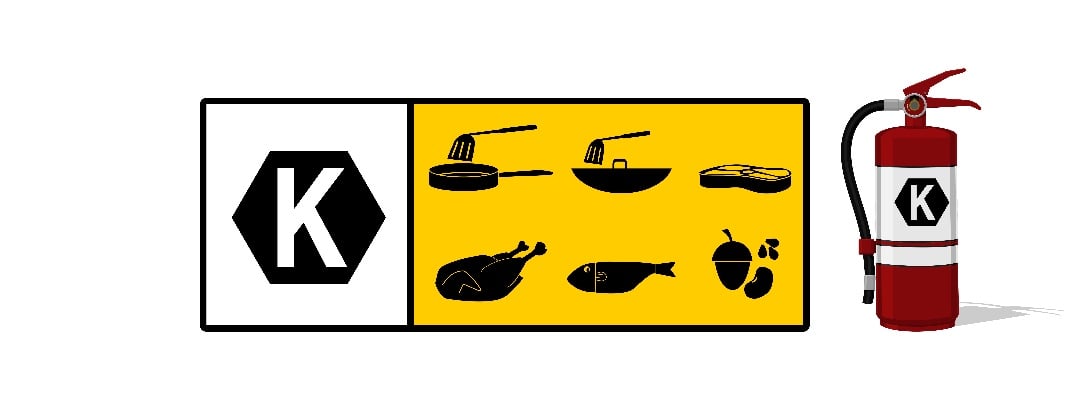
What Is A Class K Fire Extinguisher Used For

How To Use A Fire Extinguisher 14 Steps With Pictures Wikihow Life

Fireinterface On Twitter Types Of Fires 1 Class A 2 Class B 3 Class C 4 Class D 5 Class K Fire Firesafety Fireprotection Fireextinguisher Https T Co N5jwtxa1rk Twitter

